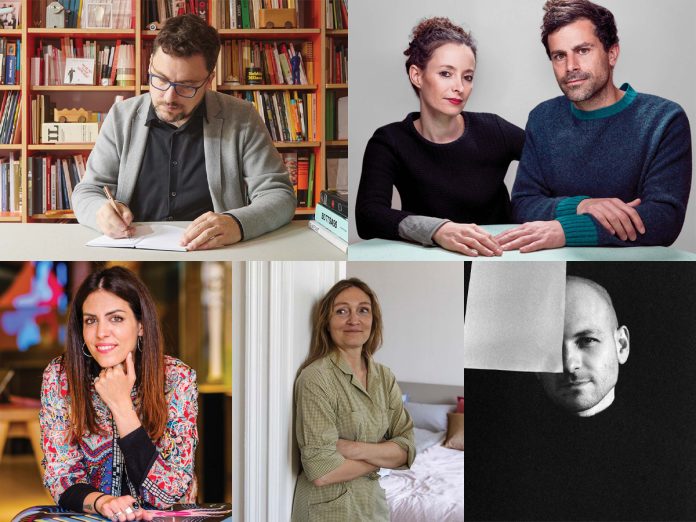1. Does AI technology that generates images with textual input elevate human creativity or make it obsolete?
2. Can technological tools come to replace professionals in the creative sector? Will we see some professions disappear and new ones emerge?
3. In some contexts, robots increase job opportunities. In your opinion, could this also be the case?
4. Is there a machine and/or software that you wish you could use but does not yet exist?
5. Will the way you design be affected by technological evolution?
6. Does it make sense in your opinion to equate human creativity and “artificial creativity”? Is a deep interaction between them possible?

Matteo Ragni
2. They have been doing this for years already, or rather they are making things much easier and faster for professionals in certain operational aspects, and that is a good thing. The risk, as always, is that we will move towards a flattening of results with a consequent lack of peaks of excellence, but perhaps this is also linked to an issue of taste trends.
4. It would be ideal to have a software software that assesses, before a meeting, the courage, vision and real will of entrepreneurs to invest in innovation and development, avoiding us designers and consultants useless waste of time.
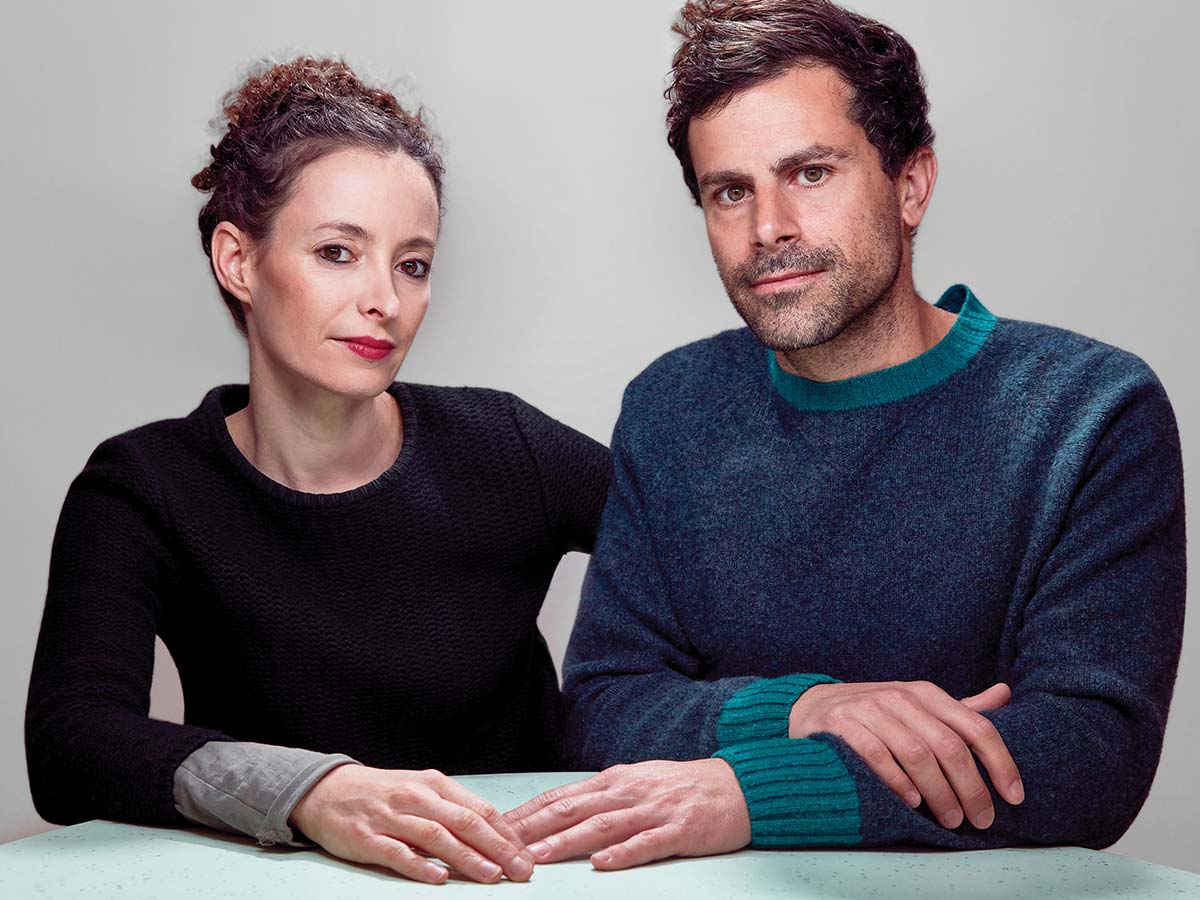
Raw Edges
2. Probably creative professionals will have to be really good in what they are doing, keep exploring, re-inventing and going deeper in their fields of interest. Anything flat and average would be easily replaced by technological tools.
4. Probably a Teleporter… imagine being able to move location instantly! In some ways, zoom does that… but it’s only suitable for work purposes, it doesn’t replace social needs nor exploring new destinations…. nowadays with zoom we can have several meetings a day, discussing projects in Japan, Scandivia and the Middle East all in a course of a few hours.
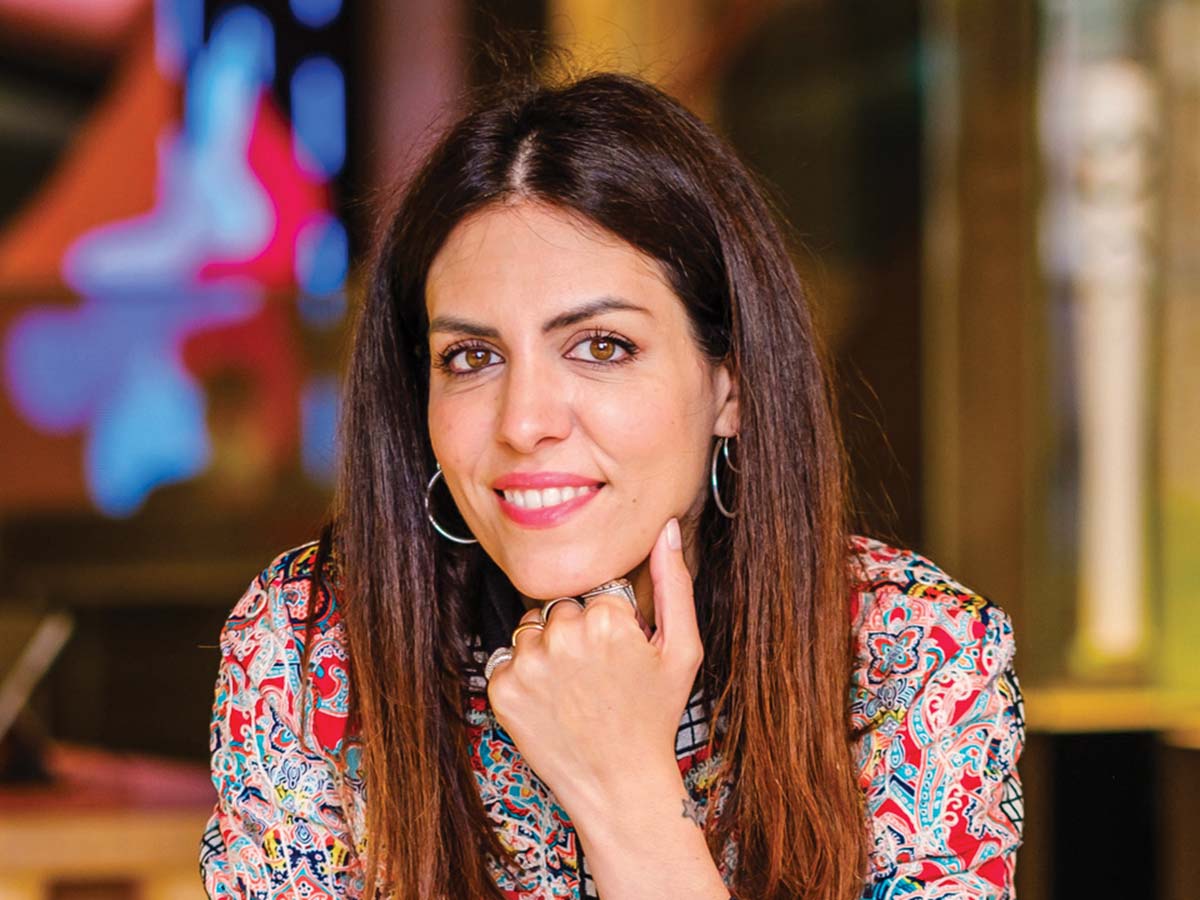
Elena Salmistraro
2. I tried Midjourney out of curiosity, putting in some inputs and waiting for the image. The result was not great, but the timing was incredible. I had the feeling of being in front of a big blender: insert, blend and get it quickly. No doubt, in the future, this system will help us visualise ideas very quickly and probably give us more time to focus on aspects such as concept, aesthetics and design. However, the final choice will always remain ours, as will choosing the right fruit and the right quantities. Human creativity is a unique quality that is difficult to replicate. It requires intuition, sensitivity, empathy, knowledge and skills that technology does not possess and will probably never be able to replicate. On the other hand, it will certainly lead to the disappearance of some professions and the emergence of others, as has happened in the past. I don’t think it will ever completely replace the role of professionals, because technology is ‘only’ a great support, while experience and creativity remain and will remain fundamental to achieving high quality results.
5. If by ‘way’ we mean the process of realisation, then certainly yes. Technological evolution has always profoundly changed the design process, making it faster, more precise and more effective, opening the way to new areas and disrupting the relationship between designer and user. To give practical examples, I am thinking of CAD software, 3D printers, tablets for drawing, sharing methods and, finally, social and interactive platforms or blogs.
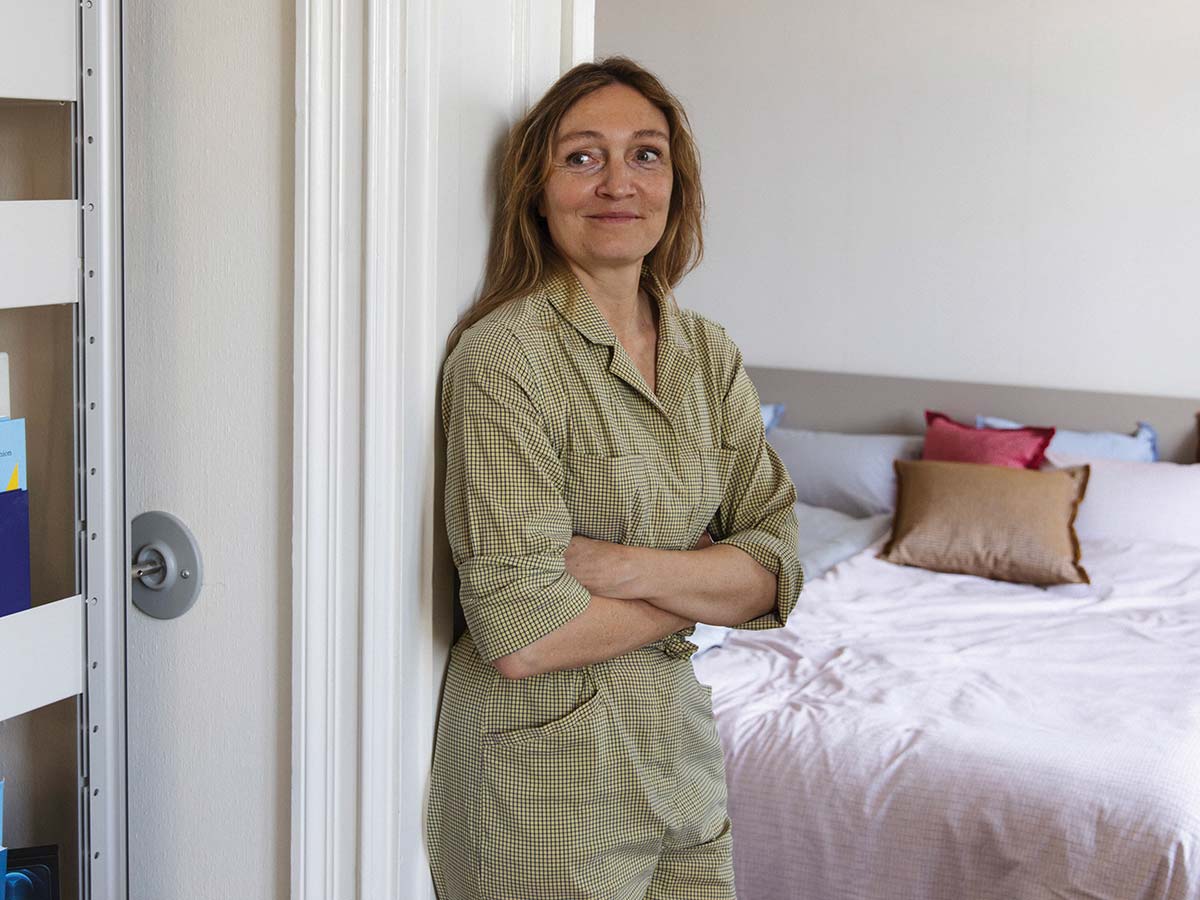
Inga Sempé
1. I may be naive but I guess human creativity won’t be obsolete. But clichés will be spred even more rapidly.
5. Design is always affected by technological evolution.
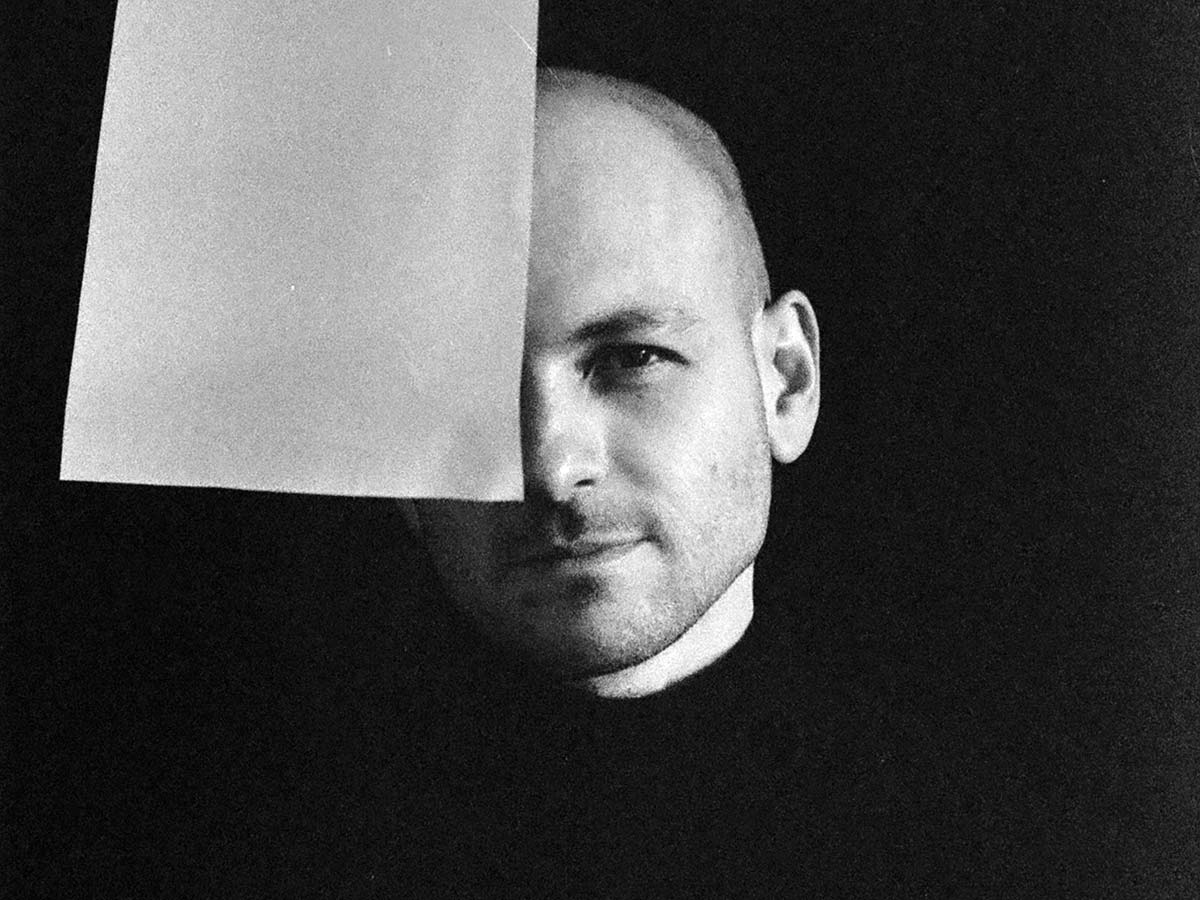
Leonardo Talarico
2. Certain professions will be hit hard: I am referring to the technical development of the project. But new professions will emerge, with the purpose of establishing dialogue with these tools.
5. There will be help on the side of the project, but without influencing the creative part. Design identity and coherence are the key factors of my path of work.

